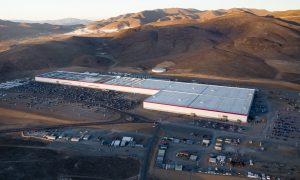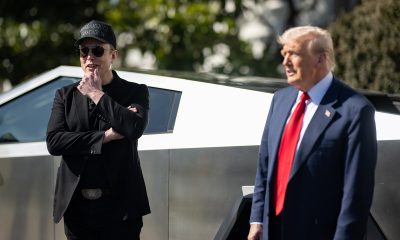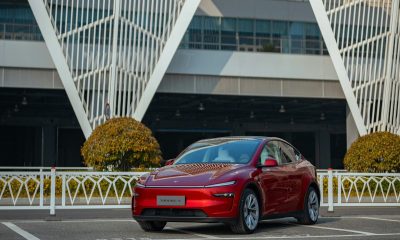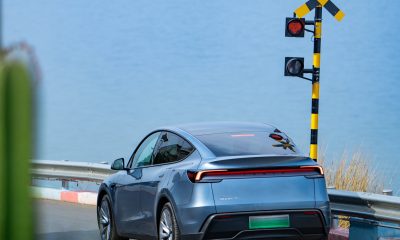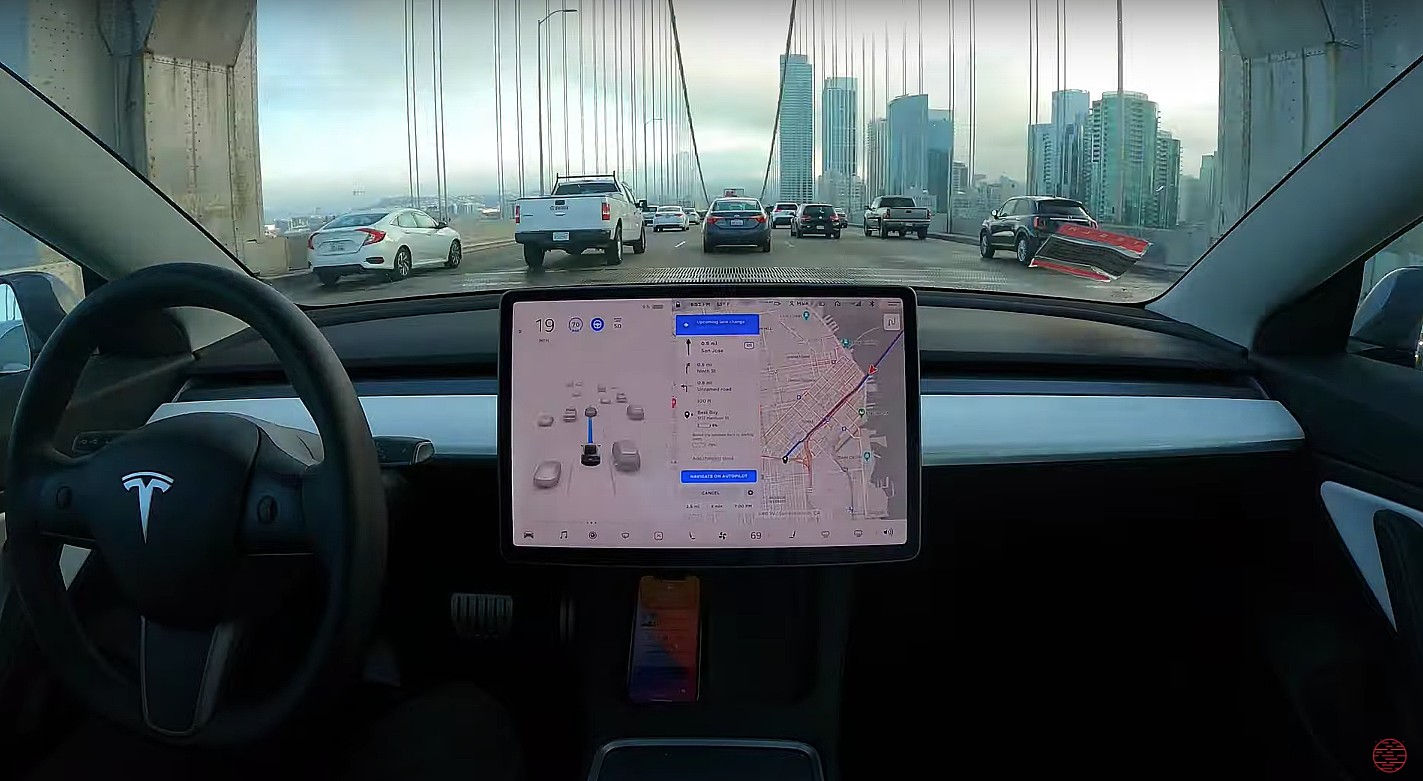

News
NHTSA’s incoming senior safety adviser has a serious anti-Tesla Autopilot and FSD bias
The National Highway Traffic Safety Administration (NHTSA) has recently confirmed that Duke University professor Missy Cummings is poised to be named as its new senior safety adviser. While her credentials as a computer science professor and background as a person knowledgeable about autonomous driving technologies would likely be an essential resource for the NHTSA, Dr. Cummings has exhibited something quite peculiar in social media — She appears to have a serious bias against Tesla, particularly surrounding the company’s Autopilot and Full Self Driving programs.
Over the years, Dr. Cummings, through her personal Twitter account, frequently posted overtly negative statements about Tesla, its vehicles, and its CEO Elon Musk. A number of Tesla owners and supporters who claimed to have not interacted with Dr. Cummings online also observed that they seem to have been preemptively blocked by the incoming NHTSA safety official.
Everybody has a personal bias about something they are passionate about. As such, it is understandable for the Duke University professor to adopt a skeptical stance on Tesla and its Autopilot and FSD programs. There is such a thing as a healthy dose of skepticism, after all. However, or at least based on the incoming NHTSA senior safety official’s Twitter feed, Dr. Cummings appears to have crossed the line from objective to subjective when it comes to Tesla and its technologies. The same goes for her stance regarding CEO Elon Musk. In March 2020, for example, Dr. Cummings seemingly joked about needing someone to stop her from punching Elon Musk in the face.
Punching jokes aside, the Duke University professor also stands as a present member of Veoneer, a Swedish LIDAR company. Publicly available SEC disclosures indicate that Dr. Cummings has received restricted stock units in Veoneer worth about $400,000 a year at present market prices. Considering that Tesla is a company directly competing with Veoneer in the way that it is developing autonomous driving systems with only a vision-based system, there seems to be a conflict of interest at play.
It should be noted that Dr. Cummings’ seat at Veoneer was not disclosed when she published a paper (which was later updated to remove inaccurate details about a fatal Tesla crash) criticizing systems such as Autopilot for their possible dangers. And so far, the incoming NHTSA senior safety adviser has not shared if she would be leaving her post at the Swedish LIDAR company, especially since she would soon be advising a US safety agency on driver-assist systems that adopt both LIDAR and non-LIDAR solutions.
Interestingly enough, Dr. Cummings’ criticism of Tesla and its Autopilot and FSD programs seems to stem from the fact that the company’s vehicles lack of equipment such as the LIDAR sensors provided by Veoneer. In an appearance at The Robot Brains Podcast earlier this year, the Duke University professor remarked that she is “basically an albatross around Elon’s and Tesla’s neck” and that “Where (she’s) going after is his (Elon Musk’s) desire to drop radar off of his cars and now go to vision-only.”
Dr. Cummings further noted that “There’s no vision research out there which doesn’t think that’s crazy and is gonna kill someone.” In a 2019 tweet, the incoming NHTSA safety official also noted that the NHTSA should require Tesla to disable Autopilot, since it “easily causes mode confusion.” This was a similar take from her post in 2018 when she noted that Elon Musk’s Tesla is the only “killer robot” present today.
Tesla CEO Elon Musk has noted on Twitter that the Biden administration’s appointment of Dr. Cummings as a senior safety official for the NHTSA is quite “odd,” and in a later post, Musk also observed that “Objectively, her track record is extremely biased against Tesla.” In response to Musk’s post, the incoming senior safety official for the NHTSA noted that she was “happy to sit down and talk with you (Musk) anytime.” Hopefully, such a discussion could really happen with as little bias from both sides as possible, and with absolutely zero punches being thrown at the Tesla CEO.
The NHTSA’s appears to have its eye on Tesla recently. Earlier this month alone, and as the agency’s probe on several Autopilot crashes on stationary emergency vehicles continued, the NHTSA asked Tesla to explain why it rolled out a safety improvement to Autopilot through an over-the-air software update without issuing a recall.
This was quite an interesting question from the NHTSA, seeing as the Autopilot update was done as proactive measure that would allow Teslas to operate in a safer manner on the road, not as a response to a defect. This was despite Tesla accounting for only nine crash injuries with first responder vehicles in the past 12 months, a small fraction of the 8,000 injuries that were reported by the Government Accountability Office (GAO) involving a stationary emergency vehicle in the United States in a year.
Don’t hesitate to contact us with news tips. Just send a message to tips@teslarati.com to give us a heads up.
Elon Musk
Tesla reveals it is using AI to make factories more sustainable: here’s how
Tesla is using AI in its Gigafactory Nevada factory to improve HVAC efficiency.
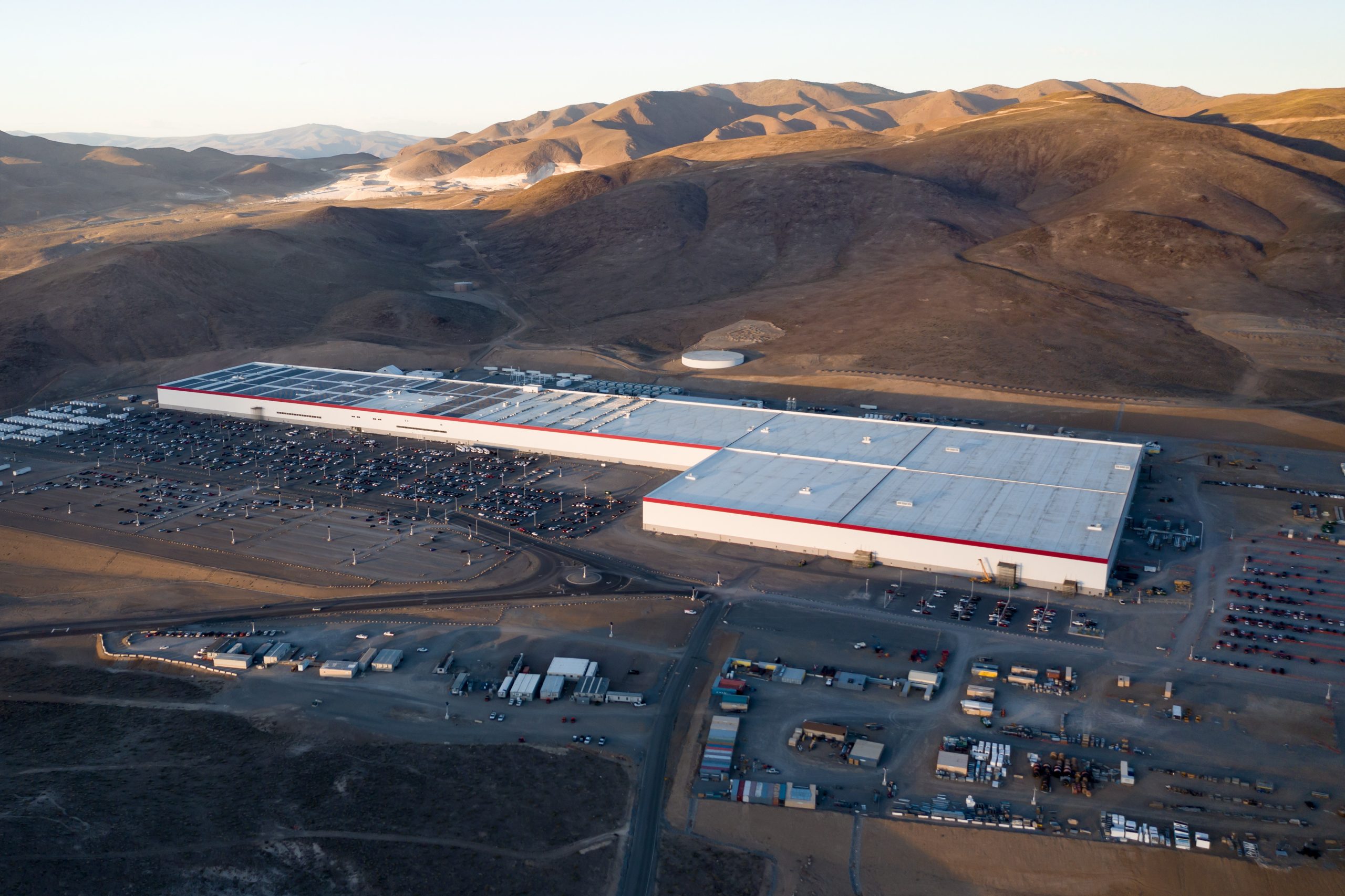
Tesla has revealed in its Extended Impact Report for 2024 that it is using Artificial Intelligence (AI) to enable its factories to be more sustainable. One example it used was its achievement of managing “the majority of the HVAC infrastructure at Gigafactory Nevada is now AI-controlled” last year.
In a commitment to becoming more efficient and making its production as eco-friendly as possible, Tesla has been working for years to find solutions to reduce energy consumption in its factories.
For example, in 2023, Tesla implemented optimization controls in the plastics and paint shops located at Gigafactory Texas, which increased the efficiency of natural gas consumption. Tesla plans to phase out natural gas use across its factories eventually, but for now, it prioritizes work to reduce emissions from that energy source specifically.
It also uses Hygrometric Control Logic for Air Handling Units at Giafactory Berlin, resulting in 17,000 MWh in energy savings each year. At Gigafactory Nevada, Tesla saves 9.5 GWh of energy through the use of N-Methylpyrrolidone refineries when extracting critical raw material.
Perhaps the most interesting way Tesla is conserving energy is through the use of AI at Gigafactory Nevada, as it describes its use of AI to reduce energy demand:
“In 2023, AI Control for HVAC was expanded from Nevada and Texas to now include our Berlin-Brandenburg and Fremont factories. AI Control policy enables HVAC systems within each factory to work together to process sensor data, model factory dynamics, and apply control actions that safely minimize the energy required to support production. In 2024, this system achieved two milestones: the majority of HVAC infrastructure at Gigafactory Nevada is now AI-controlled, reducing fan and thermal energy demand; and the AI algorithm was extended to manage entire chiller plants, creating a closed-loop control system that optimizes both chilled water consumption and the energy required for its generation, all while maintaining factory conditions.”
Tesla utilizes AI Control “primarily on systems that heat or cool critical factory production spaces and equipment.” AI Control communicates with the preexisting standard control logic of each system, and any issues can be resolved by quickly reverting back to standard control. There were none in 2024.
Tesla says that it is utilizing AI to drive impact at its factories, and it has proven to be a valuable tool in reducing energy consumption at one of its facilities.
Elon Musk
Tesla analysts believe Musk and Trump feud will pass
Tesla CEO Elon Musk and U.S. President Donald Trump’s feud shall pass, several bulls say.
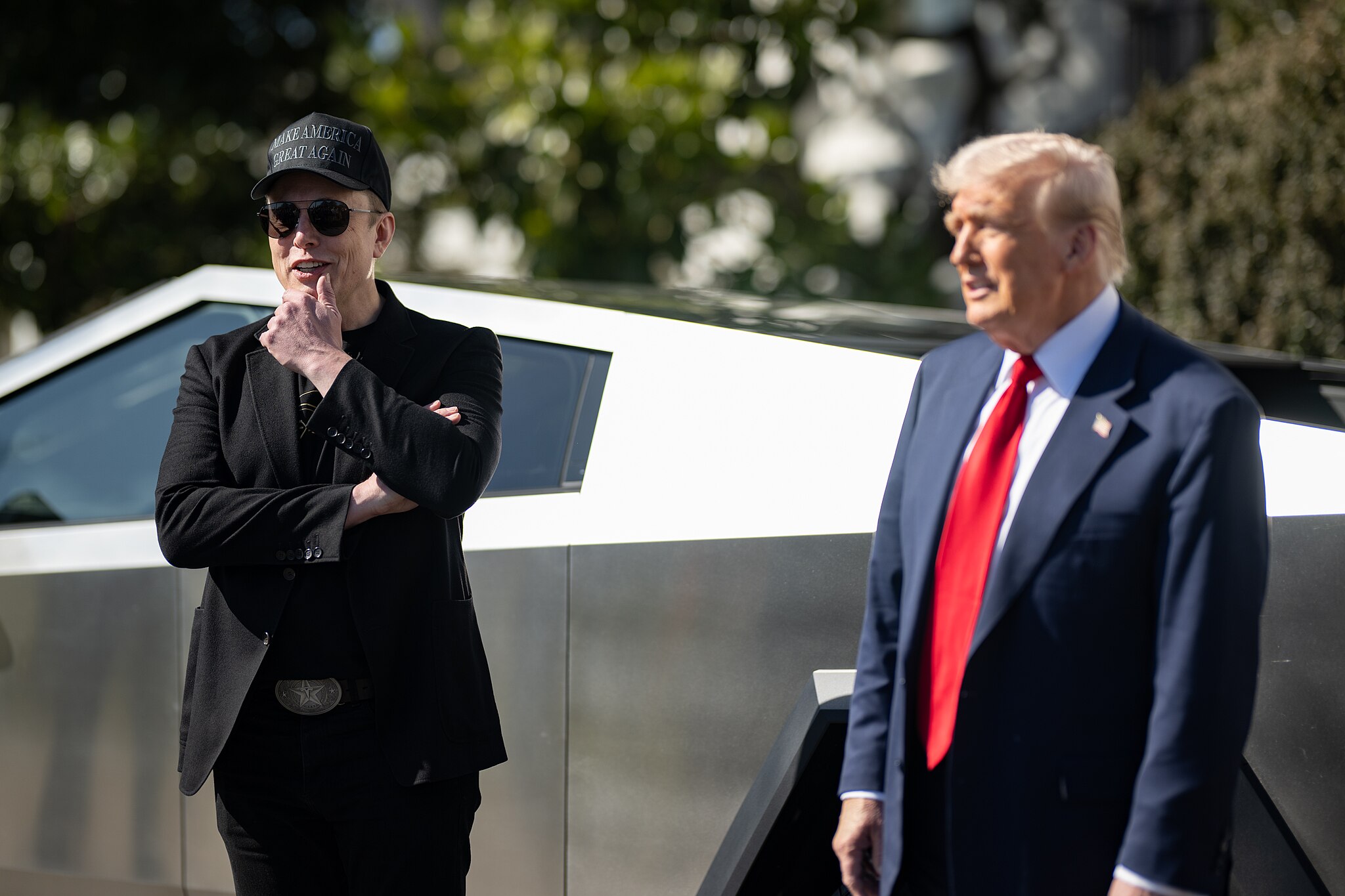
Tesla analysts are breaking down the current feud between CEO Elon Musk and U.S. President Donald Trump, as the two continue to disagree on the “Big Beautiful Bill” and its impact on the country’s national debt.
Musk, who headed the Department of Government Efficiency (DOGE) under the Trump Administration, left his post in May. Soon thereafter, he and President Trump entered a very public and verbal disagreement, where things turned sour. They reconciled to an extent, and things seemed to be in the past.
However, the second disagreement between the two started on Monday, as Musk continued to push back on the “Big Beautiful Bill” that the Trump administration is attempting to sign into law. It would, by Musk’s estimation, increase spending and reverse the work DOGE did to trim the deficit.
Every member of Congress who campaigned on reducing government spending and then immediately voted for the biggest debt increase in history should hang their head in shame!
And they will lose their primary next year if it is the last thing I do on this Earth.
— Elon Musk (@elonmusk) June 30, 2025
President Trump has hinted that DOGE could be “the monster” that “eats Elon,” threatening to end the subsidies that SpaceX and Tesla receive. Musk has not been opposed to ending government subsidies for companies, including his own, as long as they are all abolished.
How Tesla could benefit from the ‘Big Beautiful Bill’ that axes EV subsidies
Despite this contentious back-and-forth between the two, analysts are sharing their opinions now, and a few of the more bullish Tesla observers are convinced that this feud will pass, Trump and Musk will resolve their differences as they have before, and things will return to normal.
ARK Invest’s Cathie Wood said this morning that the feud between Musk and Trump is another example of “this too shall pass:”
BREAKING: CATHIE WOOD SAYS — ELON AND TRUMP FEUD “WILL PASS” 👀 $TSLA
She remains bullish ! pic.twitter.com/w5rW2gfCkx
— TheSonOfWalkley (@TheSonOfWalkley) July 1, 2025
Additionally, Wedbush’s Dan Ives, in a note to investors this morning, said that the situation “will settle:”
“We believe this situation will settle and at the end of the day Musk needs Trump and Trump needs Musk given the AI Arms Race going on between the US and China. The jabs between Musk and Trump will continue as the Budget rolls through Congress but Tesla investors want Musk to focus on driving Tesla and stop this political angle…which has turned into a life of its own in a roller coaster ride since the November elections.”
Tesla shares are down about 5 percent at 3:10 p.m. on the East Coast.
Elon Musk
Tesla scrambles after Musk sidekick exit, CEO takes over sales
Tesla CEO Elon Musk is reportedly overseeing sales in North America and Europe, Bloomberg reports.
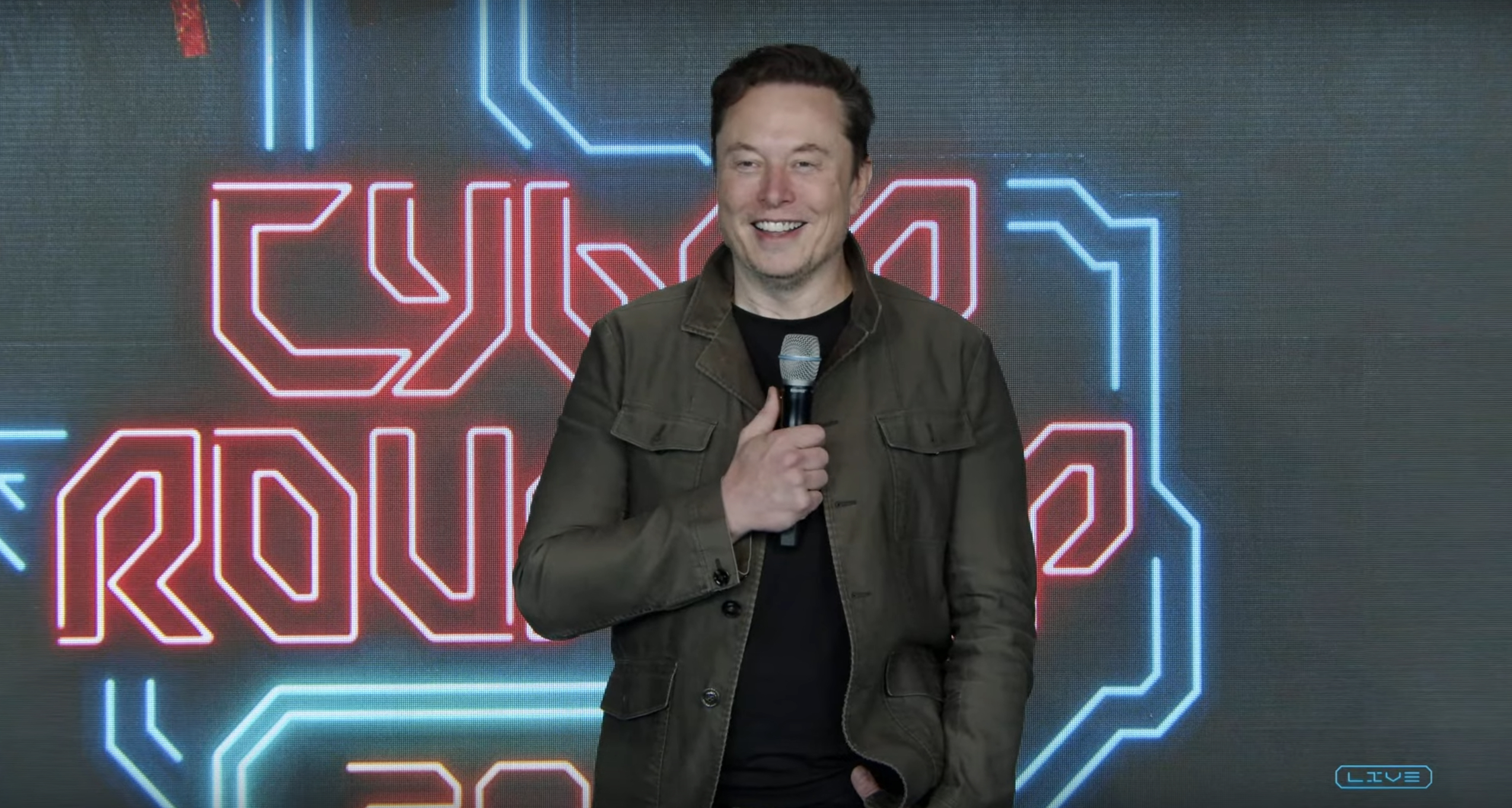
Tesla scrambled its executives around following the exit of CEO Elon Musk’s sidekick last week, Omead Afshar. Afshar was relieved of his duties as Head of Sales for both North America and Europe.
Bloomberg is reporting that Musk is now overseeing both regions for sales, according to sources familiar with the matter. Afshar left the company last week, likely due to slow sales in both markets, ending a seven-year term with the electric automaker.
Tesla’s Omead Afshar, known as Elon Musk’s right-hand man, leaves company: reports
Afshar was promoted to the role late last year as Musk was becoming more involved in the road to the White House with President Donald Trump.
Afshar, whose LinkedIn account stated he was working within the “Office of the CEO,” was known as Musk’s right-hand man for years.
Additionally, Tom Zhu, currently the Senior Vice President of Automotive at Tesla, will oversee sales in Asia, according to the report.
It is a scramble by Tesla to get the company’s proven executives over the pain points the automaker has found halfway through the year. Sales are looking to be close to the 1.8 million vehicles the company delivered in both of the past two years.
Tesla is pivoting to pay more attention to the struggling automotive sales that it has felt over the past six months. Although it is still performing well and is the best-selling EV maker by a long way, it is struggling to find growth despite redesigning its vehicles and launching new tech and improvements within them.
The company is also looking to focus more on its deployment of autonomous tech, especially as it recently launched its Robotaxi platform in Austin just over a week ago.
However, while this is the long-term catalyst for Tesla, sales still need some work, and it appears the company’s strategy is to put its biggest guns on its biggest problems.
-

 Elon Musk2 days ago
Elon Musk2 days agoTesla investors will be shocked by Jim Cramer’s latest assessment
-

 News7 days ago
News7 days agoTesla Robotaxi’s biggest challenge seems to be this one thing
-

 News2 weeks ago
News2 weeks agoTesla’s Grok integration will be more realistic with this cool feature
-

 Elon Musk2 weeks ago
Elon Musk2 weeks agoElon Musk slams Bloomberg’s shocking xAI cash burn claims
-

 News2 weeks ago
News2 weeks agoTesla China roars back with highest vehicle registrations this Q2 so far
-

 News2 weeks ago
News2 weeks agoTesla dominates Cars.com’s Made in America Index with clean sweep
-

 News2 weeks ago
News2 weeks agoTexas lawmakers urge Tesla to delay Austin robotaxi launch to September
-

 Elon Musk1 week ago
Elon Musk1 week agoFirst Look at Tesla’s Robotaxi App: features, design, and more


